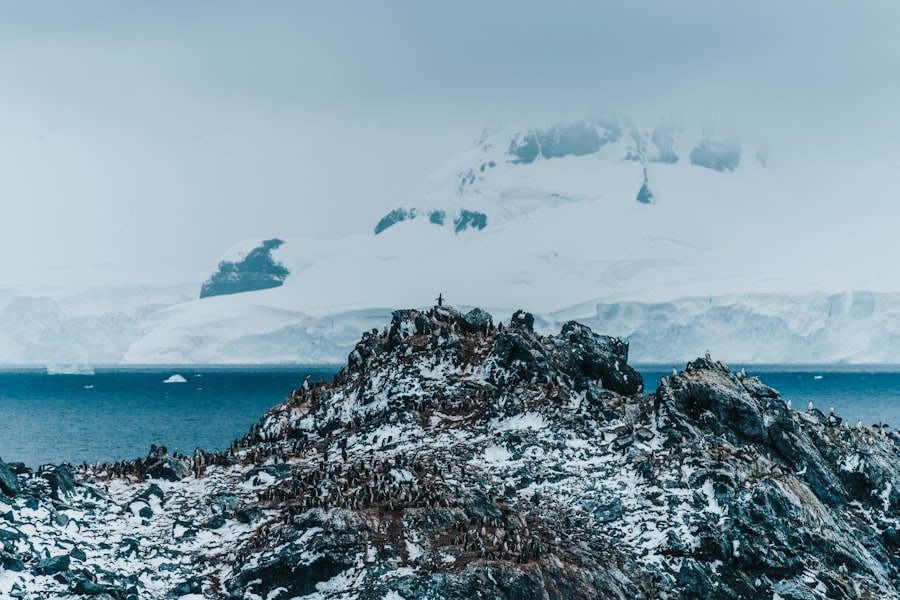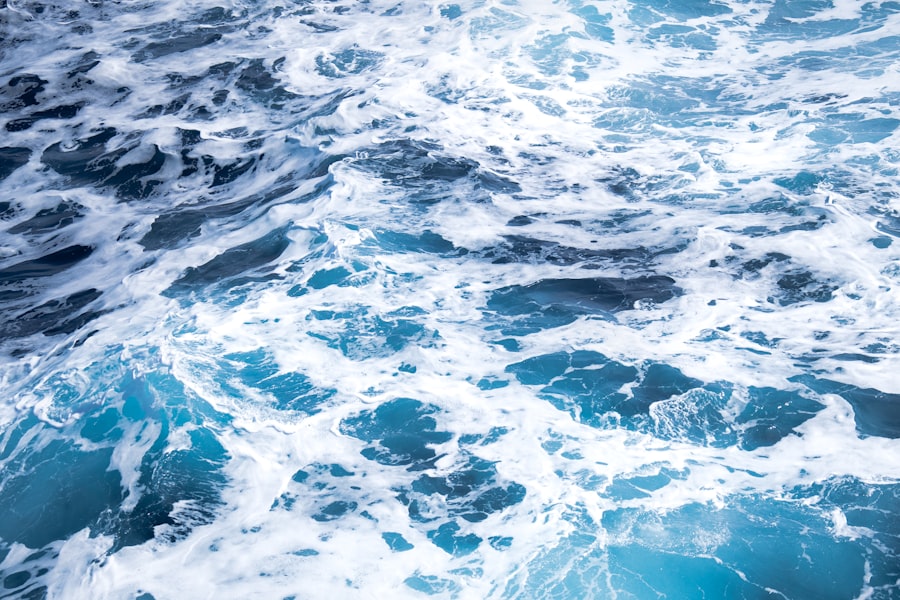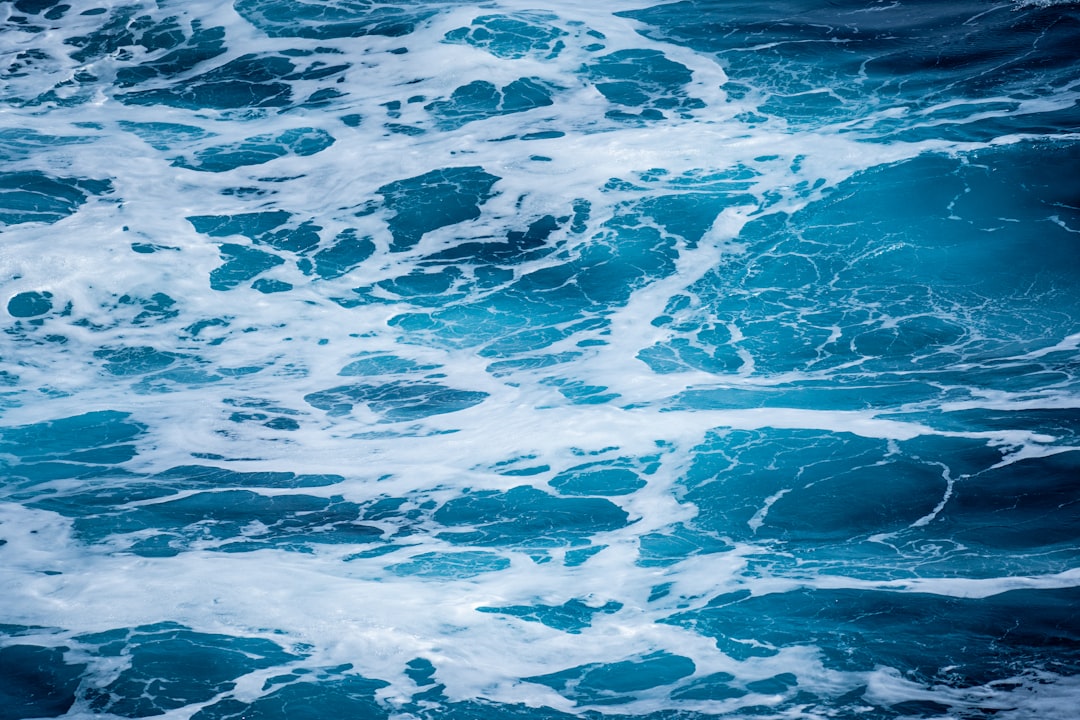The Drake Passage, a body of water situated between the southern tip of South America and Antarctica, is renowned for its tumultuous seas and unpredictable weather. This narrow stretch of ocean, measuring approximately 800 kilometers (500 miles) wide, serves as a critical conduit for maritime traffic between the Atlantic and Pacific Oceans. Named after the famed English explorer Sir Francis Drake, the passage is not only a geographical landmark but also a significant point of interest for scientists, historians, and adventurers alike.
Its unique position makes it a vital area for understanding oceanic currents, climate patterns, and marine biodiversity. The Drake Passage is often characterized by its fierce winds and towering waves, which can reach heights of up to 30 meters (nearly 100 feet).
The passage plays a crucial role in the global climate system, influencing weather patterns far beyond its immediate vicinity. As such, it stands as a testament to the power of nature and the relentless spirit of exploration that has driven humanity to navigate its treacherous waters.
Key Takeaways
- The Drake Passage is a treacherous body of water located between South America’s Cape Horn and the South Shetland Islands of Antarctica.
- Early attempts to navigate the Drake Passage were met with extreme challenges due to its fierce winds, strong currents, and icebergs.
- Sir Francis Drake’s historic expedition through the passage in 1578 proved that it was possible to sail from the Atlantic to the Pacific Ocean via this route.
- Navigating the Drake Passage remains dangerous due to its unpredictable weather, rough seas, and ice hazards, making it one of the most challenging maritime routes in the world.
- The Drake Passage is scientifically significant as it serves as a crucial gateway for the exchange of cold Antarctic waters with the warmer waters of the Atlantic and Pacific Oceans, influencing global climate and ocean circulation.
Early attempts to navigate the Drake Passage
The early attempts to navigate the Drake Passage were fraught with peril and uncertainty. Long before modern navigation tools were available, explorers set out with little more than rudimentary maps and a desire to chart unknown territories. The first recorded attempt to traverse the passage was made by the Spanish navigator Francisco de Hoces in 1525.
His expedition faced severe storms and treacherous conditions, ultimately leading to a retreat rather than a successful crossing. This initial venture highlighted the formidable challenges posed by the passage and set the stage for future explorations. As the centuries progressed, various explorers sought to conquer the Drake Passage, each facing their own set of trials.
The passage became synonymous with danger, as many ships were lost to its violent storms and unpredictable currents. The legendary tales of these early navigators contributed to the mystique surrounding the Drake Passage, drawing more adventurers who were eager to test their mettle against its fierce elements. Despite the risks, these early attempts laid the groundwork for understanding the passage’s geography and its significance in global maritime routes.
The historic expedition of Sir Francis Drake

Sir Francis Drake’s expedition in the late 16th century marked a pivotal moment in the history of the Drake Passage. As one of Queen Elizabeth I’s most trusted sea captains, Drake embarked on a journey that would not only solidify his reputation as an explorer but also provide valuable insights into this treacherous waterway. In 1578, he set sail from Plymouth with a fleet intended for privateering against Spanish ships.
However, his ambitions soon turned toward exploration as he sought a route around South America. Drake’s successful navigation of the passage was groundbreaking; he became the first known person to sail through these waters, which he later named after himself.
Nevertheless, Drake’s expedition provided crucial information about the geography of the region and opened up new possibilities for trade and exploration. His legacy continues to resonate today, as his name remains forever linked to this iconic maritime route.
Challenges and dangers of navigating the Drake Passage
| Challenges and Dangers of Navigating the Drake Passage |
|---|
| Rough seas and strong winds |
| Potential for icebergs and ice floes |
| Narrow passage with limited maneuvering room |
| Unpredictable weather conditions |
| Remote location with limited access to assistance |
| Historical reputation as one of the most treacherous sea routes |
Navigating the Drake Passage presents numerous challenges that have earned it a reputation as one of the most dangerous waterways in the world. The combination of strong winds, powerful currents, and unpredictable weather patterns creates an environment that can change rapidly, often without warning. Sailors must contend with waves that can rise dramatically, making even experienced mariners feel vulnerable in their vessels.
The passage’s notorious conditions have led to countless shipwrecks throughout history, serving as a stark reminder of nature’s might. In addition to the physical dangers posed by the elements, navigating the Drake Passage also requires a deep understanding of oceanic currents. The confluence of warm and cold waters creates complex patterns that can affect navigation and safety.
Mariners must be adept at reading these currents to avoid being swept off course or into perilous situations. The combination of these challenges has made successful navigation through the Drake Passage a testament to human resilience and ingenuity in the face of nature’s formidable forces.
Scientific significance of the Drake Passage
The scientific significance of the Drake Passage extends far beyond its reputation as a treacherous waterway. This region plays a crucial role in global ocean circulation, acting as a conduit for the Antarctic Circumpolar Current (ACC). The ACC is the world’s largest ocean current, influencing climate patterns across the globe by redistributing heat and nutrients throughout the oceans.
Researchers study this current closely to understand its impact on marine ecosystems and climate change. Moreover, the Drake Passage serves as an important site for marine research due to its rich biodiversity. The waters are home to various species, including seals, whales, and numerous fish species that thrive in this unique environment.
Scientists conduct studies in this region to monitor changes in marine life and assess how climate change affects these ecosystems. The passage thus stands as a natural laboratory for understanding broader environmental issues that resonate far beyond its geographical boundaries.
Impact of the discovery on maritime exploration

The discovery and subsequent navigation of the Drake Passage had profound implications for maritime exploration during the Age of Discovery. By successfully traversing this challenging waterway, explorers opened new trade routes that connected Europe with Asia and beyond. The passage became a vital link for ships seeking faster routes to lucrative markets, significantly altering global trade dynamics.
This newfound access facilitated not only economic growth but also cultural exchanges between distant lands. Furthermore, Drake’s successful navigation inspired subsequent generations of explorers who sought to chart new territories and expand their knowledge of the world. The passage became emblematic of human curiosity and ambition, driving further expeditions into uncharted waters.
As explorers ventured into new regions, they contributed to an expanding body of knowledge about geography, navigation techniques, and maritime technology that would shape future exploration endeavors.
Modern-day research and exploration of the Drake Passage
In contemporary times, research and exploration of the Drake Passage have evolved significantly with advancements in technology and scientific understanding. Modern vessels equipped with sophisticated navigation systems allow researchers to study this challenging environment with greater precision than ever before. Oceanographic research vessels regularly traverse these waters to collect data on temperature, salinity, and marine life, contributing to a more comprehensive understanding of this unique ecosystem.
Additionally, international collaborations among scientists have become increasingly common in studying the Drake Passage. Researchers from various countries work together to share data and findings, fostering a global approach to understanding oceanic processes and their implications for climate change. This collaborative spirit reflects a growing recognition of the interconnectedness of marine environments and emphasizes the importance of protecting these vital ecosystems for future generations.
Environmental importance of the Drake Passage
The environmental importance of the Drake Passage cannot be overstated. As a critical junction between two major oceans, it plays a vital role in regulating global climate patterns through its influence on ocean currents. The passage facilitates nutrient exchange between different marine ecosystems, supporting diverse marine life that thrives in its waters.
This biodiversity is essential not only for ecological balance but also for sustaining fisheries that many communities rely on for their livelihoods. Moreover, the Drake Passage serves as an indicator of broader environmental changes occurring in our oceans. Scientists closely monitor this region for signs of climate change impacts, such as shifts in species distribution or alterations in ocean temperature.
Understanding these changes is crucial for developing effective conservation strategies aimed at protecting marine ecosystems from further degradation caused by human activities.
The Drake Passage in popular culture and literature
The allure of the Drake Passage has permeated popular culture and literature over centuries, inspiring countless stories that capture its mystique and danger. From tales of shipwrecks to heroic voyages of discovery, narratives surrounding this waterway have captivated audiences worldwide. Authors have often used the passage as a backdrop for adventure stories that explore themes of bravery, exploration, and humanity’s relationship with nature.
In addition to fiction, documentaries and films have sought to portray both the beauty and peril associated with navigating these waters. These visual representations serve not only as entertainment but also as educational tools that raise awareness about environmental issues facing this unique region today. Through various forms of media, the Drake Passage continues to inspire curiosity about our planet’s oceans and their significance in shaping human history.
Conservation efforts to protect the Drake Passage
Recognizing the ecological significance of the Drake Passage has led to increased conservation efforts aimed at protecting its fragile marine ecosystems. Various organizations work tirelessly to advocate for sustainable practices that minimize human impact on this vital region. Initiatives include establishing marine protected areas (MPAs) that restrict certain activities such as fishing or shipping within designated zones to preserve biodiversity.
Furthermore, international agreements play a crucial role in safeguarding these waters from overexploitation or pollution caused by maritime traffic. Collaborative efforts among nations emphasize shared responsibility for protecting marine environments while promoting sustainable development practices that benefit local communities dependent on these resources. Through ongoing advocacy and research initiatives, conservationists strive to ensure that future generations can continue to appreciate and learn from this remarkable waterway.
Future prospects for studying and understanding the Drake Passage
Looking ahead, future prospects for studying and understanding the Drake Passage appear promising as technological advancements continue to reshape scientific research methodologies. Innovations such as autonomous underwater vehicles (AUVs) enable researchers to explore previously inaccessible areas within this challenging environment while collecting valuable data on oceanographic conditions. Moreover, interdisciplinary approaches that integrate oceanography with climate science will enhance our understanding of how changes in this region impact global systems.
As awareness grows regarding climate change’s effects on marine ecosystems worldwide, ongoing research efforts will be essential in informing policy decisions aimed at mitigating these impacts. In conclusion, while navigating through history has presented numerous challenges associated with traversing this formidable waterway—the Drake Passage remains an enduring symbol of exploration’s spirit intertwined with humanity’s quest for knowledge about our planet’s oceans today—and into tomorrow’s future endeavors.
The Drake Passage, a significant body of water connecting the Atlantic and Pacific Oceans between the southern tip of South America and Antarctica, was first navigated by the English privateer Sir Francis Drake in the late 16th century. This discovery marked a pivotal moment in maritime history, opening new routes for exploration and trade. For more detailed insights into the history and significance of the Drake Passage, you can explore this related article that delves into its discovery and the impact it had on global navigation.
WATCH NOW! Drake Passage: Earth’s Deadliest Waters Revealed
FAQs
What is the Drake Passage?
The Drake Passage is the body of water between the southern tip of South America and the northern tip of the Antarctic Peninsula. It connects the Atlantic and Pacific Oceans.
When was the Drake Passage discovered?
The Drake Passage was discovered by the English explorer Sir Francis Drake in 1578 during his circumnavigation of the globe.
How did Sir Francis Drake discover the Drake Passage?
Sir Francis Drake discovered the passage while attempting to navigate around the southern tip of South America. He encountered strong winds and rough seas, leading him to the discovery of the passage.
Why is the Drake Passage significant?
The Drake Passage is significant because it is the shortest and most direct route for ships traveling between the Atlantic and Pacific Oceans in the Southern Hemisphere. It also plays a crucial role in the circulation of ocean currents and marine life in the region.
